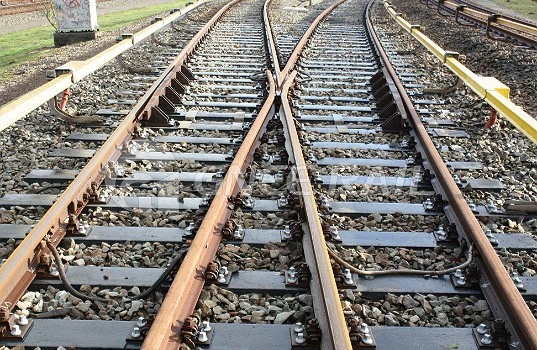Advantages and Disadvantages of Crossovers
GNEE Rail turnouts and crossovers each have their distinct advantages and disadvantages, making them suitable for different railway infrastructure needs based on factors such as space availability, cost considerations, and operational requirements.
Advantages
- Operational Flexibility: Crossovers offer flexibility in railway operations by enabling trains to switch between parallel tracks, facilitating rerouting during track maintenance or unexpected events.
- Cost-Effective: Crossovers are relatively more economical than rail turnouts, making them a cost-effective choice in certain scenarios.
Disadvantages
- Limited Functionality: Crossovers have limited functionality and are primarily suitable for connecting two parallel tracks, restricting their application compared to rail turnouts.
- Less Capacity Enhancement: While providing flexibility, crossovers may not contribute as significantly to increasing network capacity as rail turnouts do.
